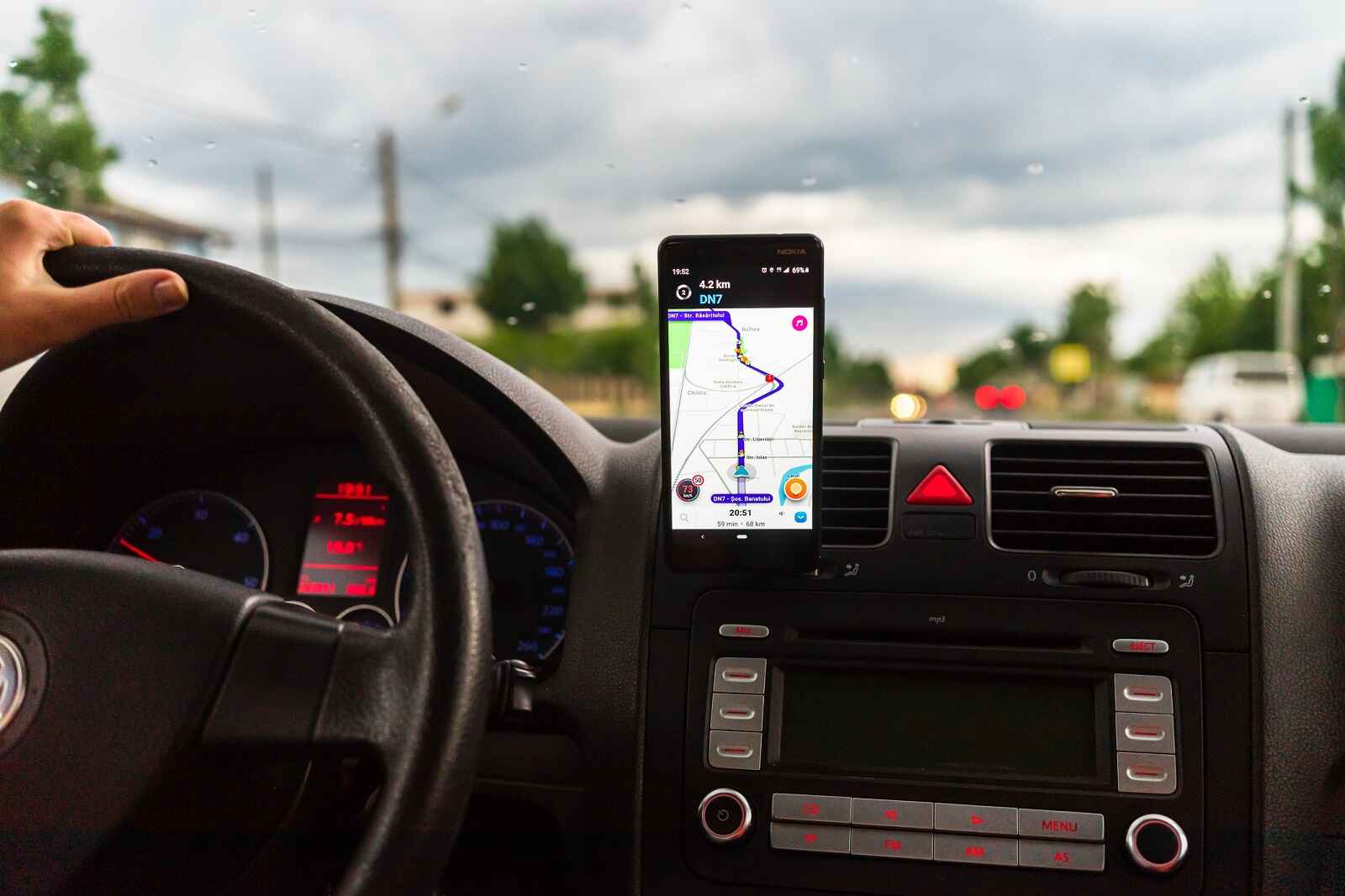One Berlin-based man proved how.
In 2020, Simon Weckert silently pulled a small metal wagon around some quiet, mostly car-less streets of Berlin. Little did people using Google Maps in close proximity know that he was causing a terrible traffic jam wherever he strolled.
The walk Weckert took and his eye-opening results became a viral sensation. It turned out that Weckert was creating a live art installation. His work involved obtaining 99 active cell phones with Google Maps in use. He carried all 99 devices in that little metal wagon.
The act sent signals to Google that dozens of “cars” had flooded the area. In turn, Google began rerouting drivers in close proximity to stay away from the “high-traffic” zone.

Weckert’s act proved that Google Maps relies on devices, not cars or people, to determine traffic patterns and make decisions on where to direct users.
Many of us already know that Google tracks devices and that this is how it helps us get around. However, the installation shed light on how Google Maps manipulates our routes when artificial data is provided.
Weckert poses high-level questions about Google’s position in deciding how we interpret reality. He points to digital life overlaying our real lives and warns us to carefully consider who we give the power of “knowledge distribution.” Is Google — a private entity — the best one for the job? I don’t have the answer, only more questions to ponder.
